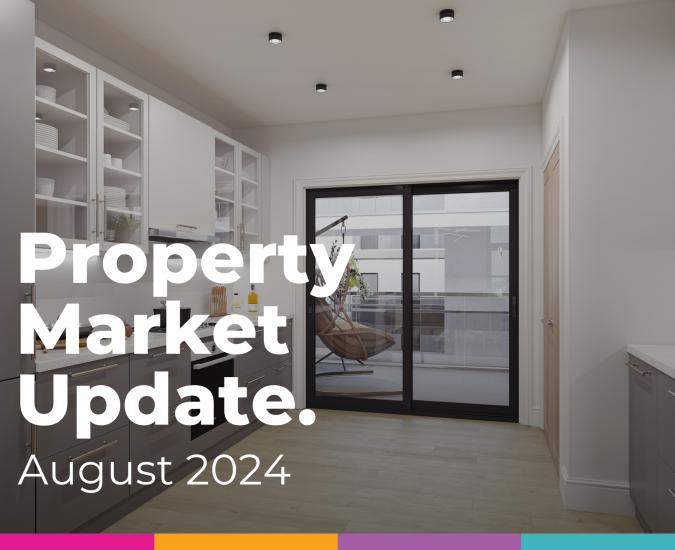Changing Priorities - Changing Property?
Last updated 15th October 2019 • Lois Arcari • JaeVee
Here at JaeVee we know that doing the same things can only generate the same results. And we want to drive the innovation at the heart of the modern property market instead.
So we’re going to look at how the UK property industry is evolving in response to changing lifestyle priorities.
Is the homeownership dream dying?
Policies from all sides of the political spectrum have long focused on the vote winning policy of making homeownership easier- but is this really responding to people’s demands?
Research from peer to peer loan company Landbay has shown that 62% of tenants aren’t actually interested in getting onto the property ladder - but the demographics are quite surprising.
Renters over 55 were actually the least interested in buying a property - perhaps because of the significant growth in quality that they will have seen over the years, or because the UK’s relatively few retirement properties offer such great quality.
Food for thought
Interestingly enough, millennials, usually the key demographic of new build to rent developments, are the most likely to want to become homeowners at 64%.
Another stat that should inform a new approach to build to rent, is that home ownership aspirations didn’t increase according to affordability - in fact, those in the relatively cheap-to-buy areas of Wales and the South West were joint least likely to want to buy - with only 34% of renters saying they wanted to buy.
If this data is put to good use, it could see build to rent investors and developers following the trend of regional success and creating developments in untapped markets for lower acquisition costs.
The reasons for renting were perhaps the only predictable results of the bunch.
25% of surveyants said that flexibility was their main reason for sticking to rent - reflecting that current mortgage standards fail to cater to mobile professionals, the growing gig economy and millions of self employed workers.
This means that if build to rent is set to become the saviour of the property market that many investors and politicians alike are hoping, it will need to do more than be a slave to the American style of success and start embracing the opportunities older tenants offer in the way that they’ve started to embrace regional opportunities.
Social states
Cohabiting partners are the rental demographic with the highest amount of growth, so it’s crucial that traditional buy-to-letters are flexible with their tenants.
House prices are also proving untenable for the 9% more couples with children and 5% more lone parents who are renting property.
This demographic is set to grow exponentially over the long term, so adding the same value that draws families to buy property - extra space, good lighting, location by good schools - should also be considered by enterprising rental investors.
Commercial property
Flexibility isn’t just limited to residential property.
While companies like WeWork have generated their fair share of controversy, the business model of shared offices for freelancers is still going strong, as people look for more flexibility in their careers as well as their living spaces.
With retail still reeling from yet more high profile high street closures, the permanent extension to permitted development rights will likely be one of those rare moves that’s greeted with approval by both property developers and councils alike, by making commercial to residential conversions easier.
On the other hand, the government has released the new £3.6 billion ‘towns fund’ in order to increase footfall in abandoned regional high streets.
With consumer confidence still low, this money would perhaps be best spent on the growing ‘experience economy’, investing in property like cinemas and gyms over risky retail.




